According to the NewTalk website, recently South Korea's KF-21 stealth fighter completed a remarkable military test, carrying and successfully launching two hypersonic missiles from the air.
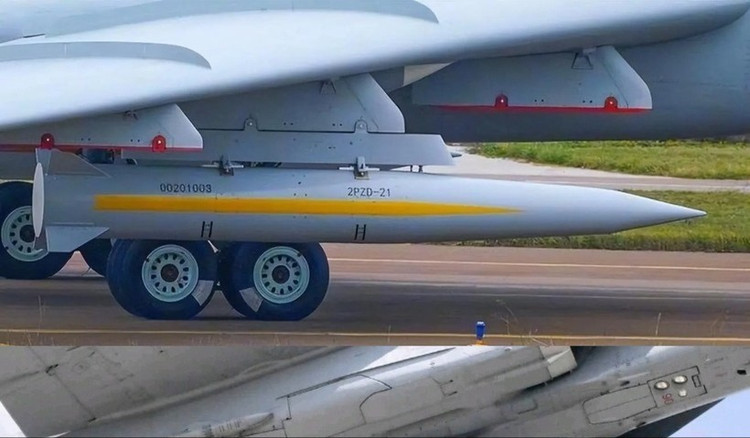
Upgraded version of tactical ballistic missile
With a maximum speed of Mach 10 and a flexible range of 400-1,000 km, these missiles are considered South Korea's "new trump card" in long-range tactical attacks.
The missile targets not only underground bunkers and long-range artillery positions, but also potential strategic positions of the enemy. This military breakthrough has attracted widespread attention and discussion around the world .
This South Korean air-launched hypersonic missile, designated KTSSM-1, is an improved version of the ground-launched KTSSM-1 tactical ballistic missile.

The missile is 4.1 meters long, 607 mm in diameter and weighs 1.6 tons when launched. It is equipped with a 600 kg armor-piercing thermobaric warhead, which can penetrate 1.5 meters of reinforced concrete or several meters underground. The missile has a maximum speed of Mach 10 and a range of 400-1,000 km.
Compared to the ground-launched version, the air-launched version takes advantage of the initial altitude and speed provided by the KF-21 fighter jet, increasing its range by three to five times. The air-launched missile also has better surprise attack capabilities, allowing it to evade enemy air defenses and quickly reach its target.

According to observers, this missile was clearly developed by South Korea to maintain a military balance with North Korea. The deployment of the missile by South Korea not only serves as a military deterrent but also has profound implications for the geopolitical situation in Northeast Asia.
South Korea’s technological breakthroughs could prompt Japan to accelerate its development of hypersonic weapons, heightening regional tensions. Moreover, their range, which covers part of China, could raise strategic concerns in China.
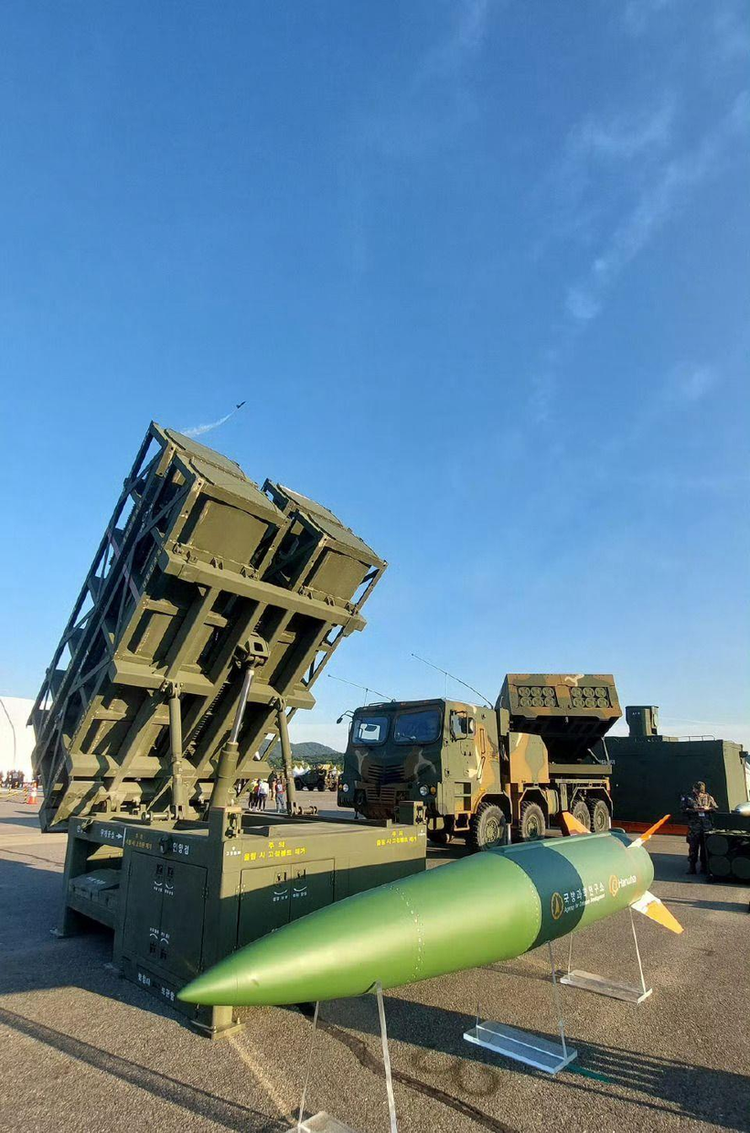
Strengths and challenges, shortcomings
The global hypersonic arms race is intensifying. The US Prompt Global Strike (PGS) program, Russia’s Kinzhal missile, and China’s DF-17 missile have all made significant progress in this area.
Although South Korea started missile development relatively late, its technological advances reflect its unique regional defense needs. While relying on US technological support, South Korea has also accelerated its own independent research and development efforts to gain a foothold in this field.
However, the deployment of missiles by South Korea also poses new challenges. The KF-21 fighter has a maximum external payload of 7.7 tons, and carrying two 1.6-ton missiles places strict requirements on the durability of the airframe. Furthermore, carrying a large missile like the KTSSM-1 will significantly reduce the stealth capabilities of the KF-21, forcing it to rely on other fighters for cover.
More importantly, this military move by South Korea could trigger a chain reaction from neighboring countries. North Korea could accelerate the development of hypersonic weapons interception systems or strengthen its nuclear deterrent. China and Russia could also indirectly balance South Korea by adjusting their strategic deployments.
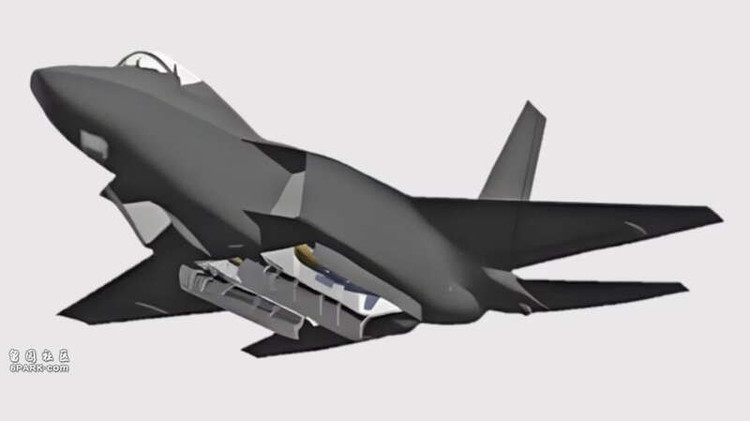
As South Korea’s main ally, the United States plays a complex role in this process. It not only provides technological support but also conducts strategic surveillance of South Korean missile deployments to ensure they do not cause regional conflicts. However, this surveillance may also place certain constraints on South Korea’s autonomy.
South Korea's air-launched hypersonic missile is certainly a major breakthrough in the country's military technology, but it also brings new geopolitical risks.
How to strengthen military deterrence while avoiding escalating regional tensions will be an issue that South Korea will need to seriously consider in the future. The global hypersonic arms race is changing the face of warfare, and South Korea’s choices will have a profound impact on the security landscape in Northeast Asia.
Source: https://khoahocdoisong.vn/han-quoc-phong-thanh-cong-ten-lua-sieu-thanh-toc-do-mach-10-tu-khong-post2149047291.html




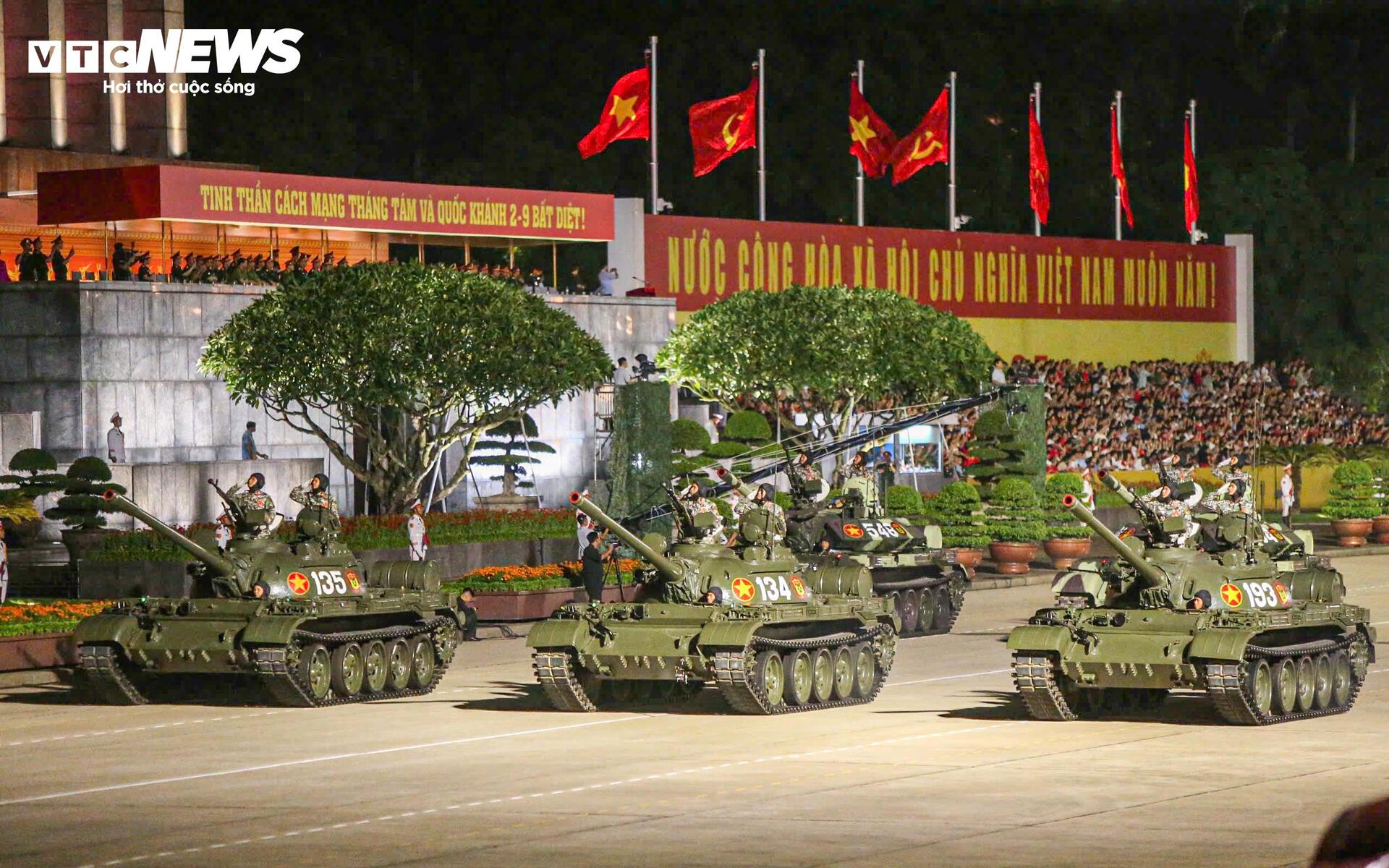
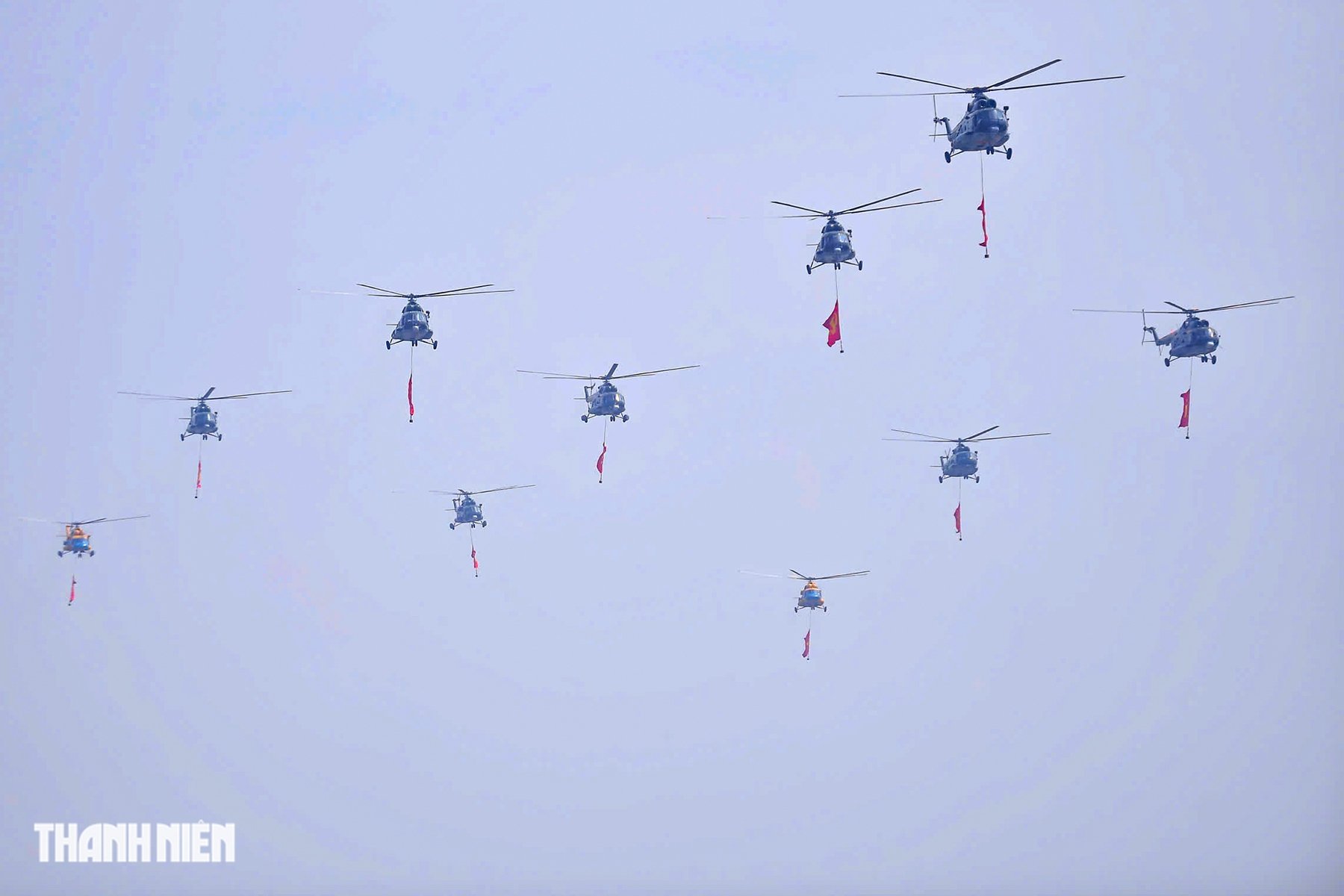


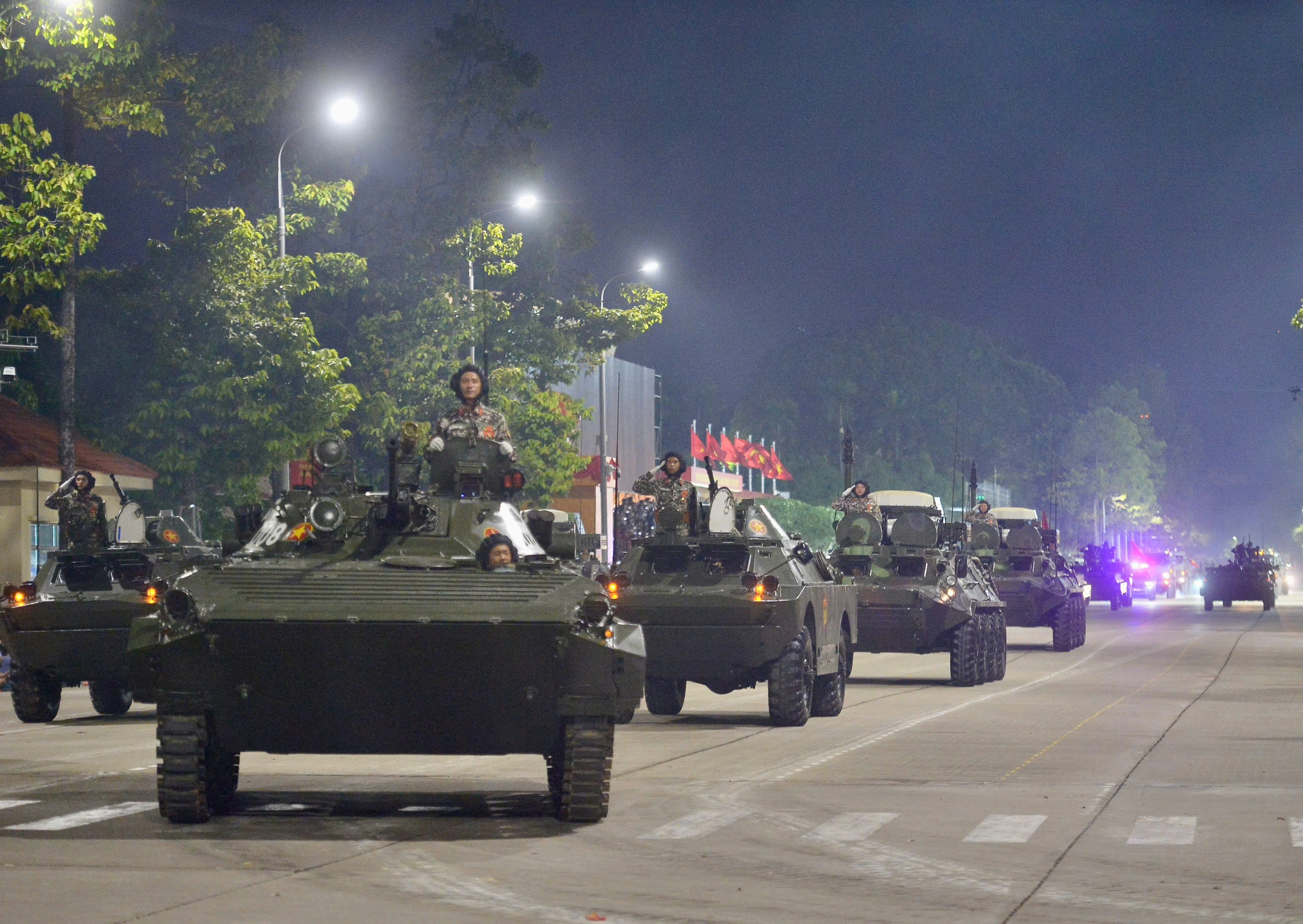
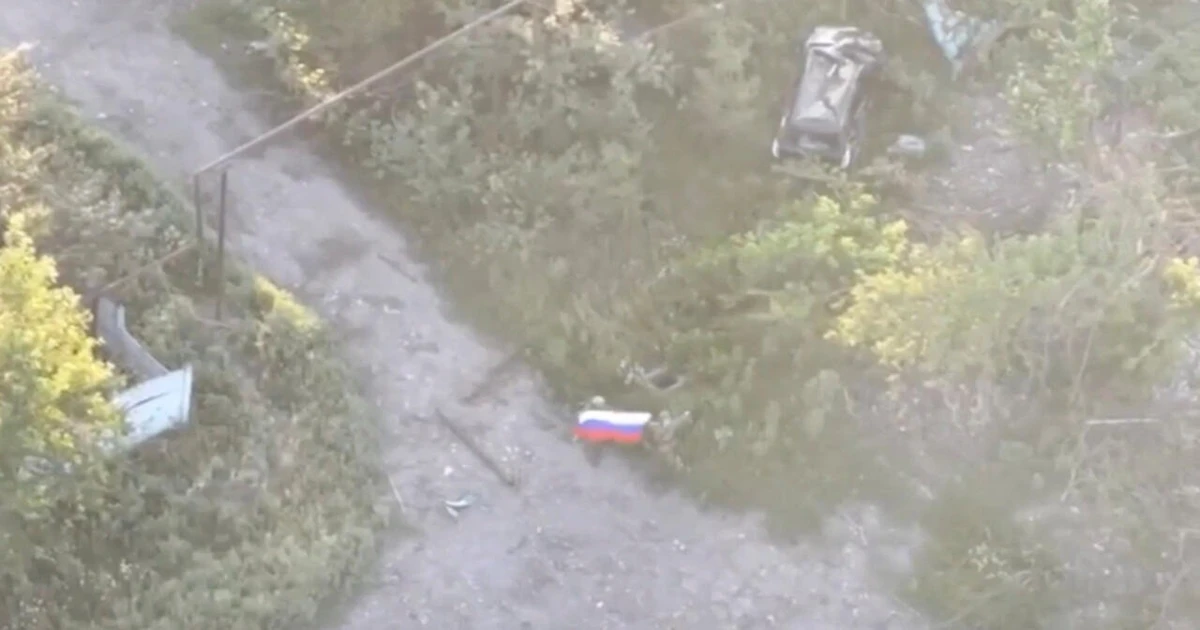










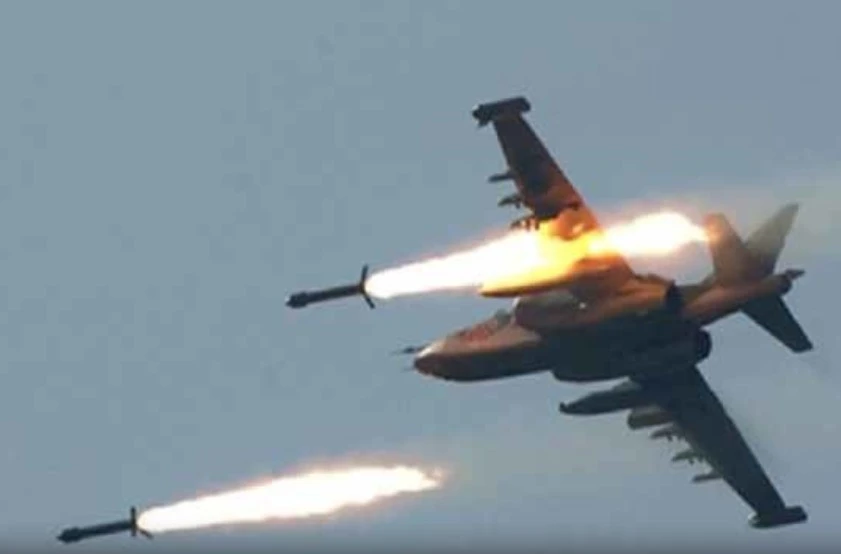
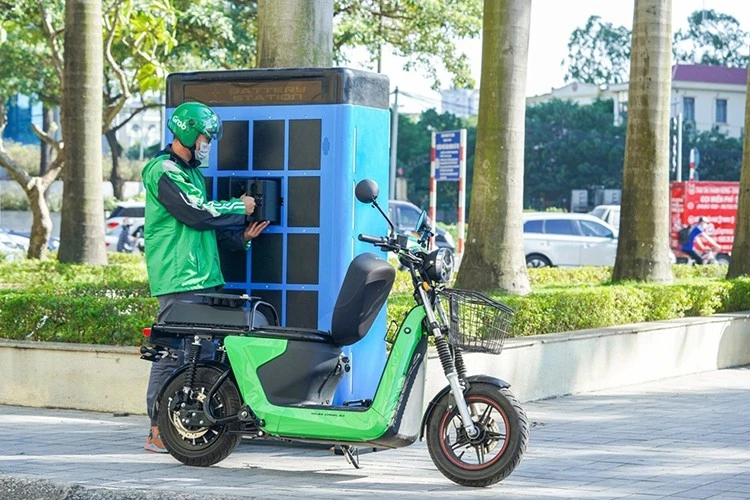









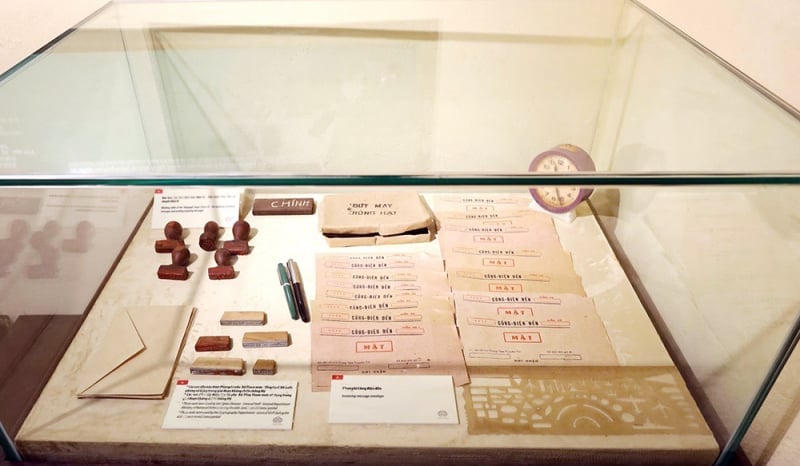











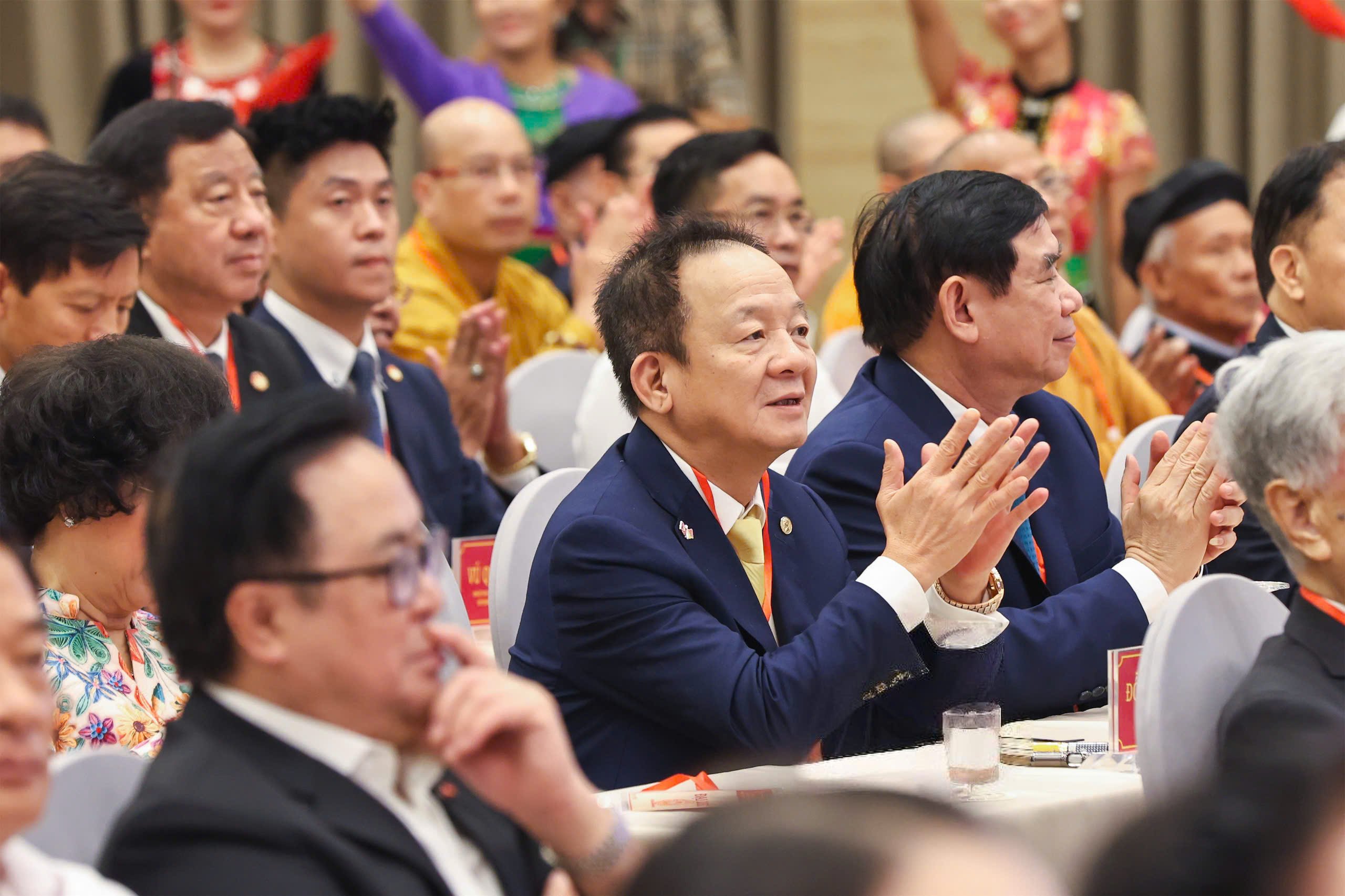



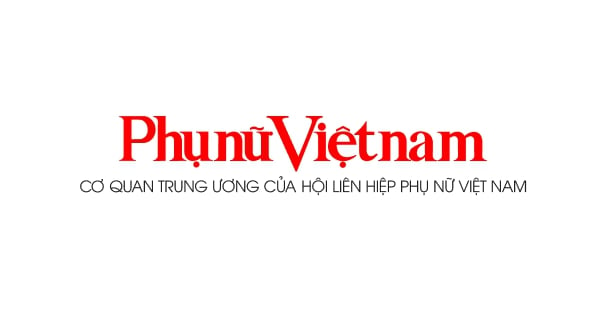








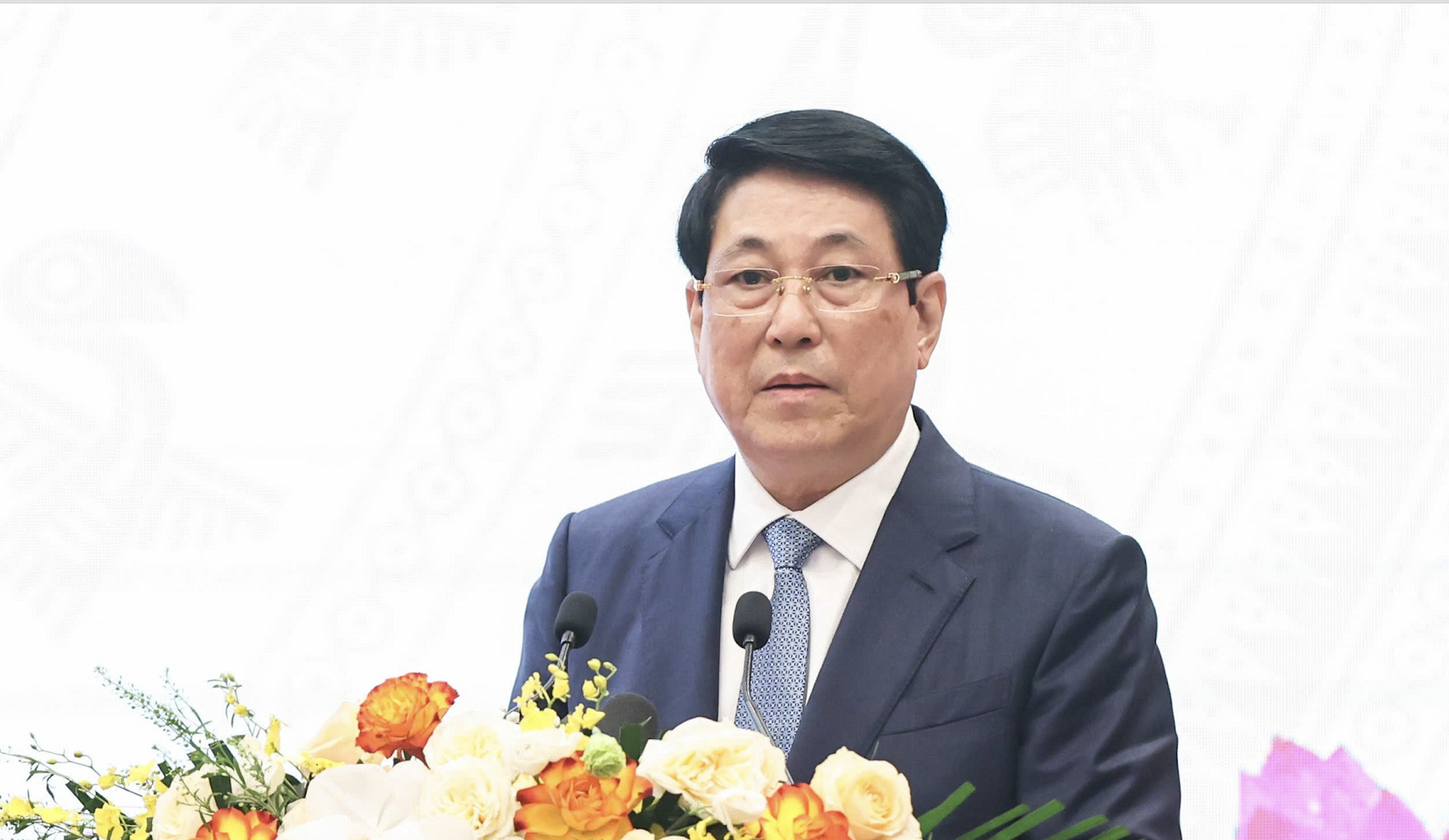



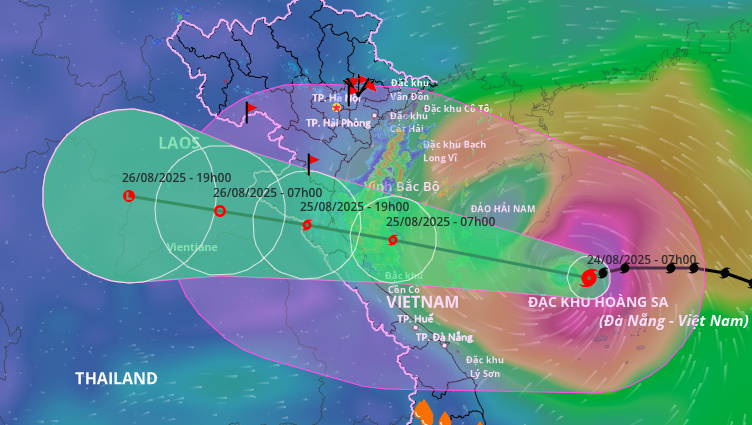


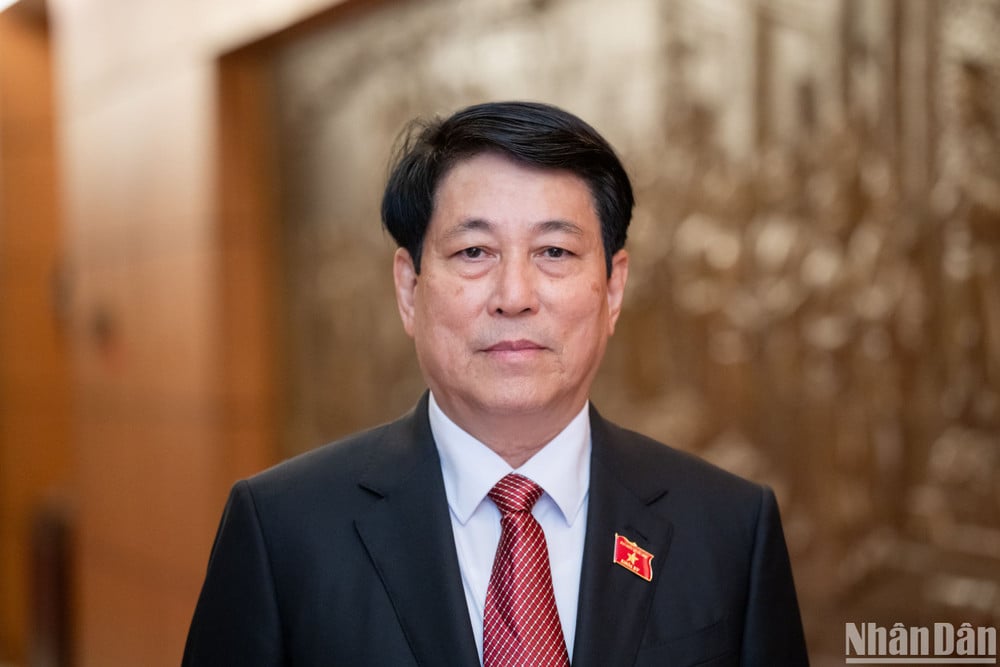
































Comment (0)